UNESCO in Spain Certainly, here is a comprehensive list of UNESCO World Heritage Sites in Spain, along with a brief explanation of their significance:
Alhambra, Generalife, and Albayzín, Granada (1984)
The Alhambra is a masterpiece of Islamic architecture, reflecting the cultural and historical richness of the Nasrid dynasty. The Generalife, its gardens, showcase Moorish garden design, while the Albayzín preserves the urban fabric of the medieval Moorish quarter in Granada.
Burgos Cathedral (1984)
Burgos Cathedral is a Gothic masterpiece that reflects the power and wealth of Burgos during the medieval period. It is known for its grandeur, ornate decoration, and a blend of architectural styles, making it a key representative of Spanish Gothic art.
Historic Centre of Cordoba (1984)
The historic center of Cordoba, with its Mosque-Cathedral, represents the diverse religious and cultural influences that shaped Spain’s history. The Mosque-Cathedral itself is a prime example of Moorish architecture, showcasing a unique blend of Islamic, Gothic, Renaissance, and Baroque styles.
Works of Antoni Gaudí (1984, 2005)
The works of Antoni Gaudí, including the Sagrada Familia, Park Güell, Casa Batlló, and Casa Milà, are recognized for their unique and imaginative architectural style. Gaudí’s creations, characterized by vibrant colors, organic forms, and intricate detailing, contribute significantly to Spain’s cultural heritage.
Historic City of Toledo (1986)
Toledo, known as the “City of the Three Cultures,” showcases the coexistence of Christian, Muslim, and Jewish communities. Its historic city center contains architectural marvels like the Toledo Cathedral, Alcázar of Toledo, and the Synagogue of Santa María la Blanca, illustrating the city’s strategic importance and cultural diversity.
Mudejar Architecture of Aragon (1986)
The Mudejar Architecture of Aragon represents a distinctive style that emerged during the Christian Reconquista. The Mudejar buildings, found in cities such as Teruel, Calatayud, and Zaragoza, demonstrate a fusion of Islamic and Christian elements, highlighting cultural exchange and tolerance during a transitional period in Spanish history.
Old Town of Ávila with its Extra-Muros Churches (1985)
Ávila is renowned for its well-preserved medieval city walls and Extra-Muros Churches, such as the Basilica of San Vicente and the Church of San Pedro. These structures are significant examples of Romanesque and Gothic architecture, and Ávila’s historical importance is also tied to the life of Saint Teresa of Ávila.
Old Town of Cáceres (1986)
The Old Town of Cáceres in western Spain boasts a well-preserved medieval quarter with cobbled streets, squares, and diverse architectural styles, including Roman, Islamic, Northern Gothic, and Italian Renaissance.
Santiago de Compostela (Old Town) (1985)
Santiago de Compostela, the capital of the Galicia region, is a pilgrimage destination known for its Cathedral, where the tomb of Saint James is believed to be. The Old Town showcases Romanesque, Gothic, and Baroque architecture and is a symbol of Christian pilgrimage.
Garajonay National Park (1986)
Located on the island of La Gomera in the Canary Islands, Garajonay National Park is a prime example of laurel forest. Its biodiversity and ecological significance contribute to its UNESCO status.
Historic Walled Town of Cuenca (1996)
Cuenca’s historic walled town features medieval buildings hanging on the edge of limestone cliffs. The town’s architecture and urban layout reflect its history as a strategic defensive outpost.
Doñana National Park (1994)
Doñana National Park, situated in southwestern Spain, is a diverse ecosystem that includes marshlands, streams, and sand dunes. It is a crucial habitat for migratory birds and endangered species.
Historic Centre of San Cristóbal de La Laguna (1999)
The historic center of La Laguna on the island of Tenerife is an example of a planned Renaissance city with a grid layout. It serves as a model of urban development in the New World.
Mérida (1993)
Mérida, founded by the Romans in 25 B.C., preserves numerous well-preserved monuments, including the Roman Theater, the Amphitheater, and the Puente Romano, showcasing the city’s Roman heritage.
Routes of Santiago de Compostela: Camino Francés and Routes of Northern Spain (1993, 2015)
The Routes of Santiago de Compostela, including the Camino Francés and Northern Spain routes, are important pilgrimage routes leading to the shrine of Saint James. They have cultural, spiritual, and historical significance.
Royal Monastery of Santa María de Guadalupe (1993)
The Royal Monastery of Santa María de Guadalupe, located in Extremadura, is a blend of Gothic, Mudejar, Renaissance, and Baroque styles. It is associated with the history of the Catholic Monarchs and the discovery of America.
Historic City of Trujillo (1986)
Trujillo, a town in Extremadura, features a well-preserved medieval and Renaissance urban fabric. Its castle, churches, and Plaza Mayor contribute to its historical and architectural significance.
Garrotxa Volcanic Zone Natural Park (2010)
Located in Catalonia, this natural park contains a diverse range of volcanic landforms, including lava flows, cones, and craters. It is an excellent example of volcanic landscape evolution.
Palau de la Música Catalana and Hospital de Sant Pau, Barcelona (1997, 1997)
These two modernist buildings in Barcelona, designed by Lluís Domènech i Montaner, are iconic examples of Catalan modernism. They represent a cultural and architectural flowering during the late 19th and early 20th centuries.
Mudejar Architecture of Teruel (1986)
Teruel, in the Aragon region, contains notable Mudejar-style buildings such as the Cathedral of Santa Maria, San Pedro Church, and the Torre de El Salvador. These structures exemplify the Mudejar architectural style.
Prehistoric Rock Art Sites in the Côa Valley and Siega Verde (1998)
These rock art sites, located on the border between Spain and Portugal, feature engravings that provide insight into prehistoric human activities and artistic expressions.
Rock Art of the Mediterranean Basin on the Iberian Peninsula (1998)
This UNESCO site includes several rock art sites in Spain, showcasing prehistoric art created by ancient cultures. The art offers valuable insights into the beliefs and practices of these early societies.
Ibiza, Biodiversity and Culture (1999)
The island of Ibiza, known for its vibrant nightlife, is also recognized for its biodiversity and cultural heritage. The site includes the marine and terrestrial ecosystems surrounding the island.
Archaeological Ensemble of Tárraco (2000)
Tárraco, present-day Tarragona, was a major Roman city and is home to well-preserved archaeological remains, including the Roman walls, amphitheater, and aqueduct.
Archaeological Site of Atapuerca (2000)
The Atapuerca archaeological site in Burgos contains important fossil remains and stone tools that provide crucial information about early human evolution in Europe.
Catalan Romanesque Churches of the Vall de Boí (2000)
This group of churches in the Vall de Boí, Catalonia, showcases exceptional examples of Romanesque art and architecture, representing the cultural and religious landscape of medieval Catalonia.
Palaces of Gaudi (2005)
The Palaces of Gaudi, including Casa Vicens, Palau Güell, Casa Batlló, and the Crypt of the Sagrada Familia, are part of the Works of Antoni Gaudí. These buildings exemplify Gaudí’s innovative architectural style.
Aranjuez Cultural Landscape (2001)
Aranjuez, located near Madrid, is a cultural landscape that blends natural elements with architectural features, including the Royal Palace and gardens. It served as a royal residence and hunting ground.
Renaissance Monumental Ensembles of Úbeda and Baeza (2003)
Úbeda and Baeza, in Andalusia, feature Renaissance architectural ensembles with palaces, churches, and squares. They reflect the urban planning and artistic achievements of the Renaissance period.
Vizcaya Bridge (2006)
The Vizcaya Bridge, a transporter bridge near Bilbao, is an engineering marvel that combines functionality with aesthetic design. It is one of the earliest examples of a metal transporter bridge.
Teide National Park (2007)
Teide National Park, located on the island of Tenerife, is dominated by Mount Teide, the highest peak in Spain. The park’s diverse landscapes, including volcanic craters and lava flows, showcase geological processes.
Tower of Hercules (2009)
The Tower of Hercules in A Coruña is an ancient Roman lighthouse that has served as a navigation beacon for over two millennia. It symbolizes the historical and cultural connections between ancient civilizations.
Cultural Landscape of the Serra de Tramuntana (2011)
The Serra de Tramuntana, a mountain range in Mallorca, showcases a cultural landscape shaped by human activity over centuries. It features agricultural terraces, traditional stone constructions, and historic villages.
Heritage of Mercury. Almadén and Idrija (2012)
This joint UNESCO site includes Almadén in Spain and Idrija in Slovenia, recognizing their contributions to mercury mining and extraction during the Renaissance. The sites reflect advancements in mining technology and global trade.
Antequera Dolmens Site (2016)
The Antequera Dolmens Site includes three megalithic tombs (dolmens) and two natural monuments. These structures date back to the Neolithic and demonstrate early human efforts in monumental construction.
Caliphate City of Medina Azahara (2018)
Medina Azahara, near Córdoba, was a fortified medieval Arab Muslim palace-city. Its ruins provide insights into the cultural and architectural achievements of the Caliphate of Córdoba.
Risco Caído and the Sacred Mountains of Gran Canaria Cultural Landscape (2019)
This cultural landscape in Gran Canaria includes pre-Hispanic archaeological sites and caves with astronomical and religious significance. It offers insights into the island’s indigenous Canarian culture.
Aranzazu Basilica, Sanctuary of Nuestra Señora (2019)
The Arantzazu Sanctuary, located in the Basque Country, is a modernist architectural complex and a pilgrimage site. The basilica and sculptures reflect the artistic and spiritual values of the 20th century.
The Paseo del Prado and the Buen Retiro, a landscape of Arts and Sciences (2021)
This site in Madrid includes the Paseo del Prado boulevard and the Buen Retiro Park. It represents a cultural landscape combining urban design, architecture, and natural elements.
Christian Wall of Lugo (2000)
The Christian Wall of Lugo, built in the 3rd century, is one of the best-preserved Roman walls in the world. It encircles the historic center of Lugo and represents Roman engineering and defensive architecture.
Conclusion:
Spain’s UNESCO World Heritage Sites collectively represent the country’s rich cultural, historical, architectural, and natural heritage. These sites span various regions, showcasing the diverse influences that have shaped Spain over the centuries. From ancient Roman structures to medieval Islamic architecture, Gothic cathedrals, Renaissance ensembles, and modernist masterpieces, each site contributes to a nuanced understanding of Spain’s multifaceted history and cultural identity. These UNESCO recognitions also highlight the importance of preserving and celebrating the unique treasures that contribute to the global cultural tapestry.


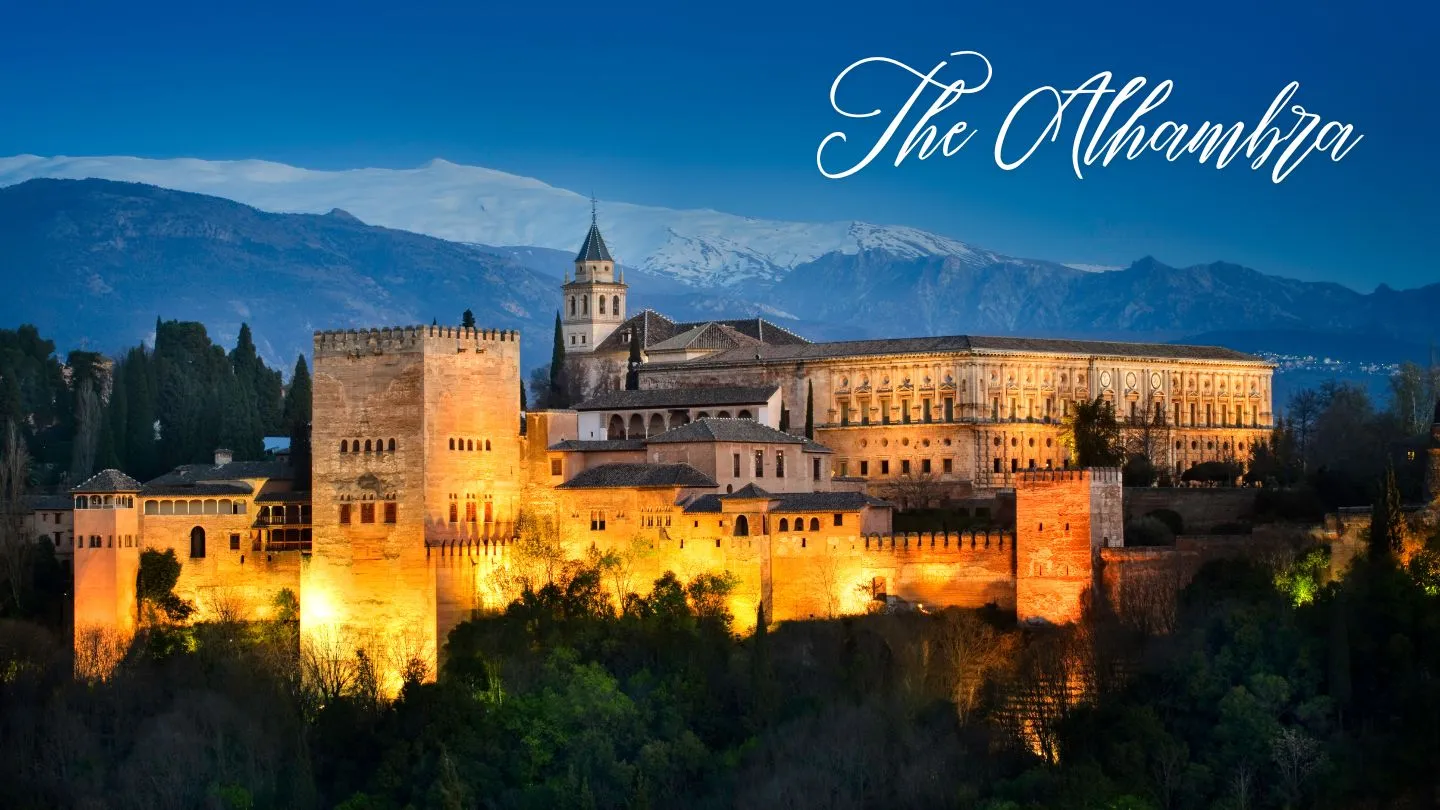






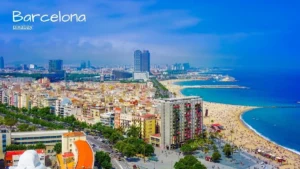
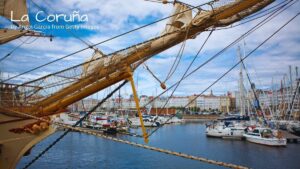


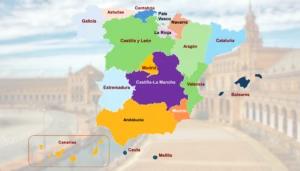

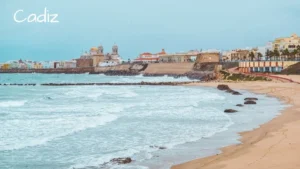

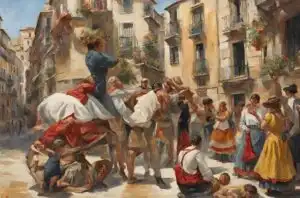










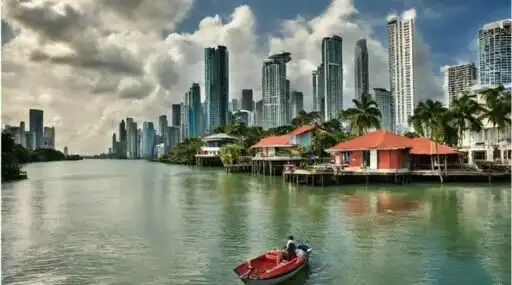





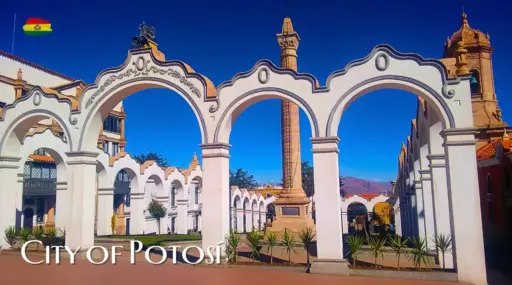






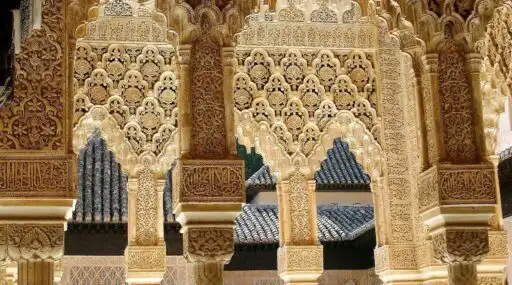

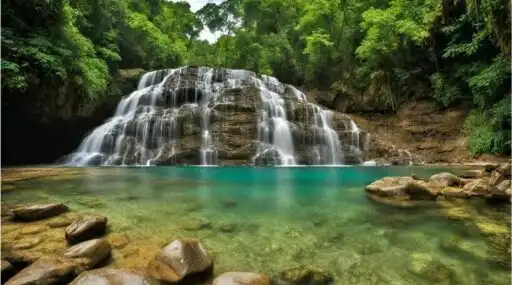
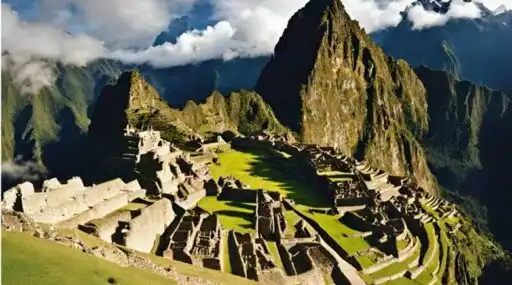




Leave a Reply